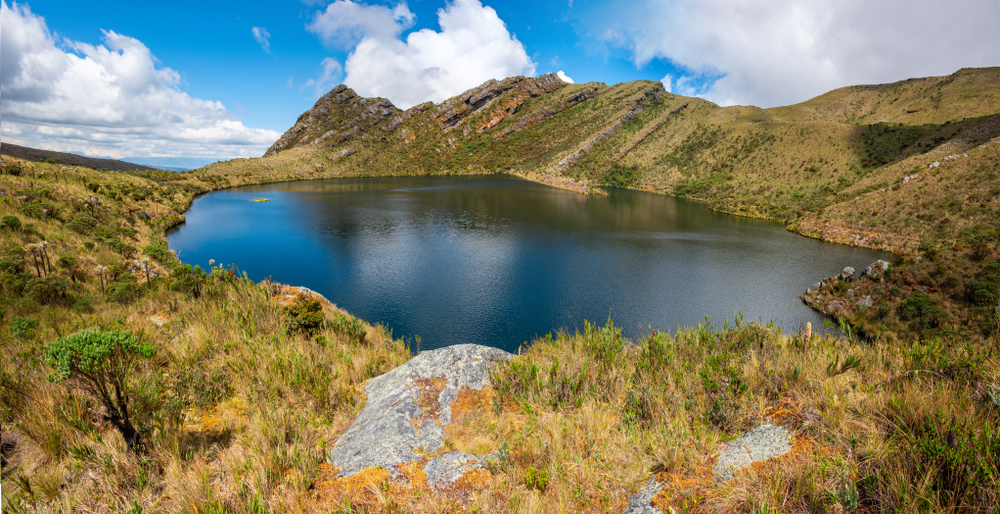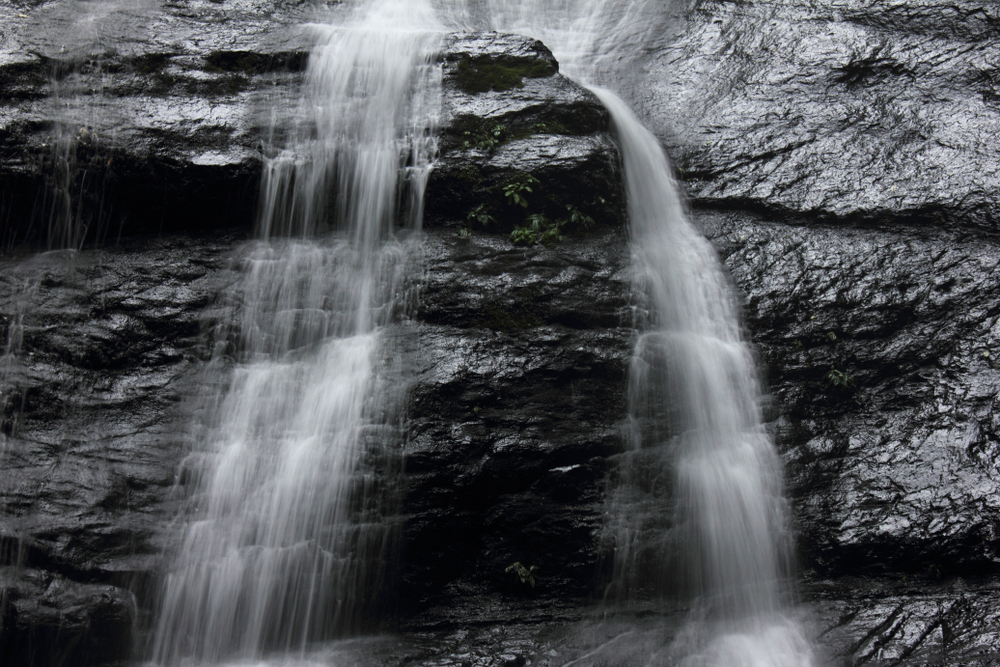Doña Juana-Cascabel Volcanic Complex Overview
Doña Juana-Cascabel Volcanic Complex National Park, or Parque Nacional Complejo Volcánico Doña Juana-Cascabel, is a protected area in the Nariño and Putumayo departments of southwestern Colombia.
Encompassing approximately 166 square miles (431 square kilometers), the park is part of the Andean cloud forest and paramo ecosystems. It is located within the Central Andes, with an elevation range that spans from 1,200 to over 4,200 meters (3,937 to 13,780 feet), creating a rich diversity of climates and habitats.
The park is dominated by the Doña Juana, Ánimas, and Cascabel volcanoes, with Doña Juana being the most prominent at 4,250 meters (13,944 feet). This rugged volcanic terrain features steep slopes, deep valleys, and high-altitude lakes formed by glacial and volcanic activity. Several rivers, including the Guambuyaco and Mayo Rivers, originate within the park, feeding lush cloud forests and cascading waterfalls such as the El Encanto and Las Lajas waterfalls.
The vegetation within the park varies with elevation, transitioning from dense humid forests at lower altitudes to high-altitude paramo ecosystems above the tree line. The cloud forests are filled with towering wax palms, moss-covered trees, and a dense understory of ferns and orchids.
In the paramo, visitors will find frailejones (Espeletia spp.), which are crucial for water retention in these high-altitude ecosystems. The rich volcanic soil supports an abundance of plant life, providing habitat for many endemic and threatened species.
Wildlife is abundant in the park, with a mix of Andean and Amazonian species. Mammals such as the spectacled bear (Tremarctos ornatus), mountain tapir (Tapirus pinchaque), and puma (Puma concolor) roam the forests and highlands. Other notable species include the Colombian woolly monkey (Lagothrix lugens), an endangered primate, and the Central American agouti (Dasyprocta punctata).
The park is also a birdwatcher’s paradise, home to over 400 bird species, including the Andean condor (Vultur gryphus), the black-and-chestnut eagle (Spizaetus isidori), and the striking toucan barbet (Semnornis ramphastinus). Hummingbirds, tanagers, and rare mountain species make this park an essential site for avian biodiversity.
One of the most popular features of the park is the Doña Juana Volcano, which remains semi-active and serves as a geological wonder. The diverse landscapes allow visitors to explore multiple ecosystems within a single visit. Hiking and birdwatching are among the most common activities, with well-maintained trails leading through cloud forests and paramo landscapes.
Camping and guided nature tours offer deeper immersion in the park’s biodiversity. The numerous waterfalls provide excellent photography opportunities, while the rivers and natural pools attract those looking for a refreshing dip in the pristine waters.
Conservation efforts in Doña Juana-Cascabel Volcanic Complex National Park have been largely focused on protecting its unique biodiversity and maintaining water resources. The park plays a crucial role in regulating regional hydrology, supplying fresh water to surrounding communities.
However, challenges such as deforestation, illegal mining, and encroaching agriculture pose ongoing threats. Conservation initiatives have had success in reforesting degraded areas and increasing awareness among local communities.
The presence of indigenous groups and local conservation organizations has helped reinforce sustainable practices, making this park an example of Colombia’s commitment to preserving its natural heritage.














































































